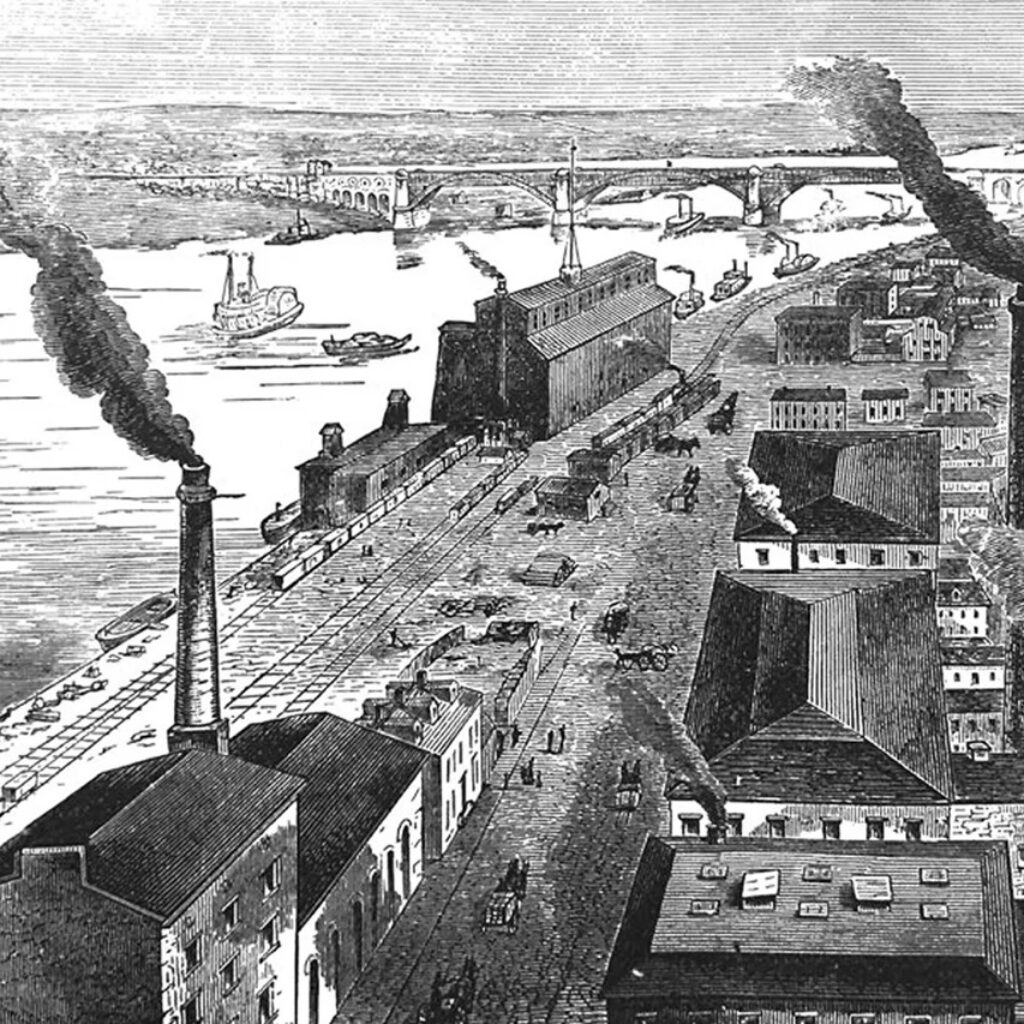Have you ever heard of the Jevons Paradox?
It’s an idea from economics with a surprising twist: when technology makes it easier and more efficient to use a resource, we often end up using more of it, not less.
The classic example comes from the 19th century.
When engineers improved the steam engine so it needed less coal per unit of power, everyone expected coal use to drop. Instead, the opposite happened—coal consumption skyrocketed because the more efficient engines made it cheaper and more attractive to use steam power in more places.
When “Smart” Isn’t Enough: The Jevons Paradox in Smart Cities
Why does this matter for smart cities?
Smart cities love efficiency. We build connected transportation systems, smart energy grids, and optimized infrastructure to save resources and make cities more sustainable.
However, better efficiency can sometimes make something more attractive to use, causing total demand to increase instead of decrease.
But here’s the catch: better efficiency can make something more attractive to use. Sometimes, it can make something so much better that people will want to buy more of it.
Here are some examples:
- Smarter traffic management might reduce traffic and make driving more appealing, leading to more cars on the road.
- Energy-efficient buildings might lower heating costs and encourage people to use more space.
- More efficient data centers use less energy for each computation, but they also use more cloud services, AI, and streaming, which increases the overall power demand.
This is called the “rebound effect.” In some cases, it can completely cancel out the savings, which is known as a “backfire.”

Smart cities are designed with the Jevons Paradox in mind.
This doesn’t mean that tools like parking apps can’t help make cities more sustainable. But efficiency problems are not just about parking.
The rebound effect and Jevons Paradox are just part of the story. Many “smart” technologies—like smart sensors, LEDs, and IoT solutions—are designed to save energy, do more with less, and outperform their earlier “dumb” versions. However, few projects consider all these factors.
- What about the electronic waste that is created when old devices are replaced?
- What about the rare earth metals needed to build them?
- What about their life cycles and supply chains?
Technology, including ICT, can absolutely make our lives easier and cities more efficient. But we need to keep the whole picture in mind. We need to think about the relationship between efficiency gains and their absolute effects on resources.
A city is only truly “smart” when it finds the right balance between efficiency and how much of its resources it uses, as well as between livability and sustainability.
Don’t fall into the trap!
If we want Smart Cities to be sustainable, we need to focus on more than just efficiency. We also need to:
- Set real limits on how much of each resource is used and how much pollution is created.
- Plan in a way that considers all parts of the plan. Add new technology in a way that fits into a bigger plan for living in a way that will last.
- Change behavior – create incentives so efficiency actually leads to less consumption, not more.
My main point
The Jevons Paradox is a reminder that even when we have good intentions, we can still make mistakes. Being efficient is important, but it doesn’t automatically make something sustainable.
Sometimes, being “smart” isn’t just about technology. It’s also about knowing when to stop.
